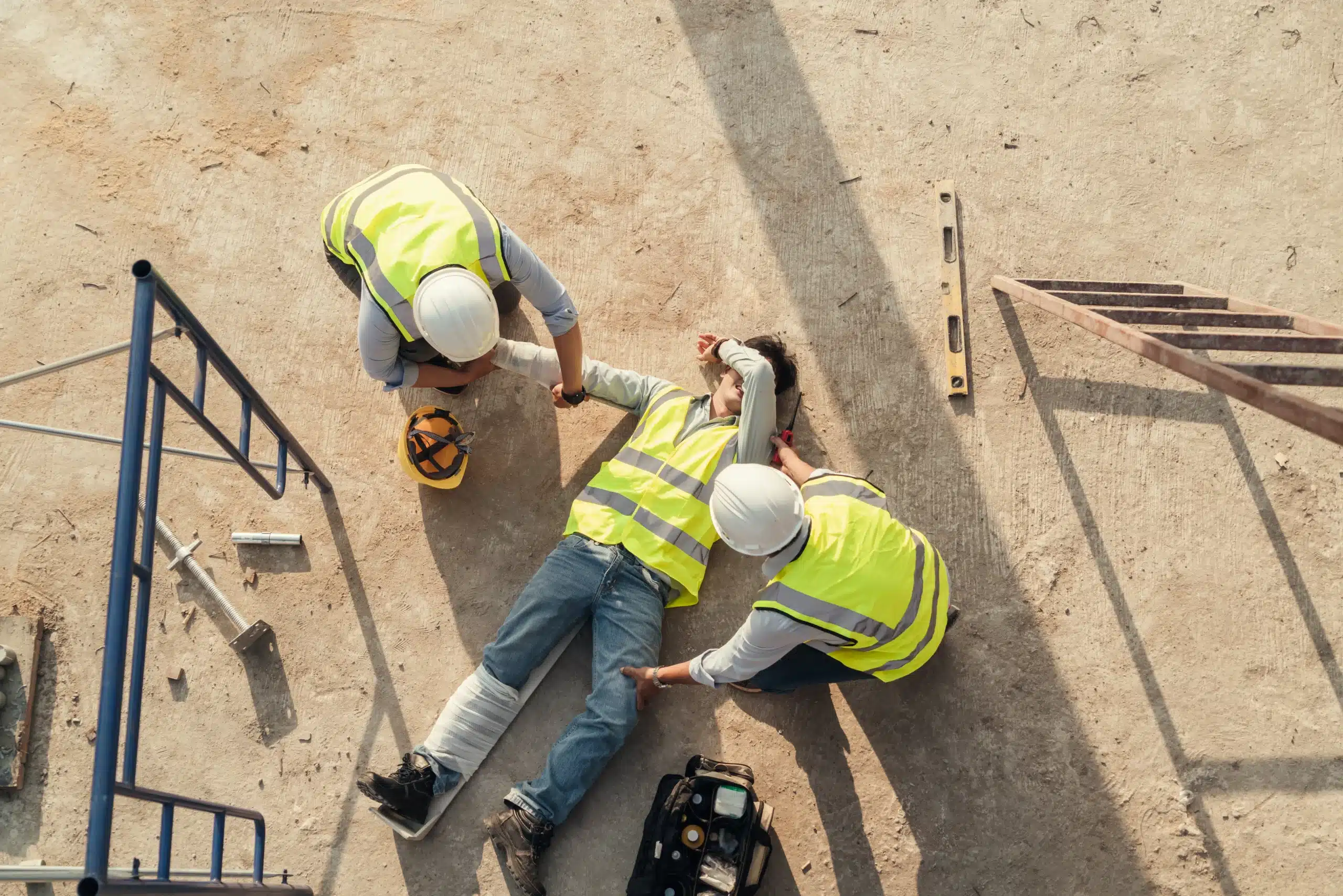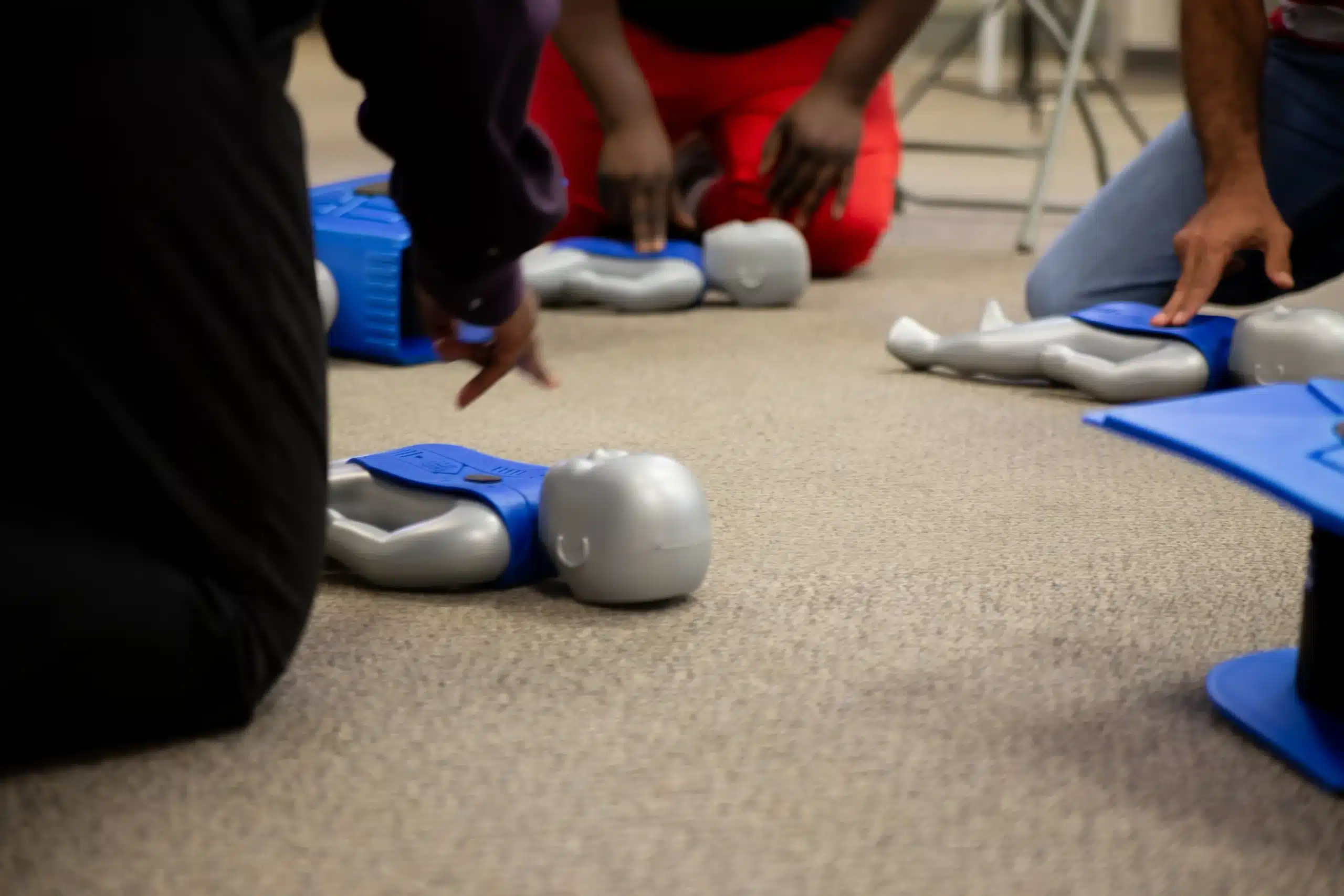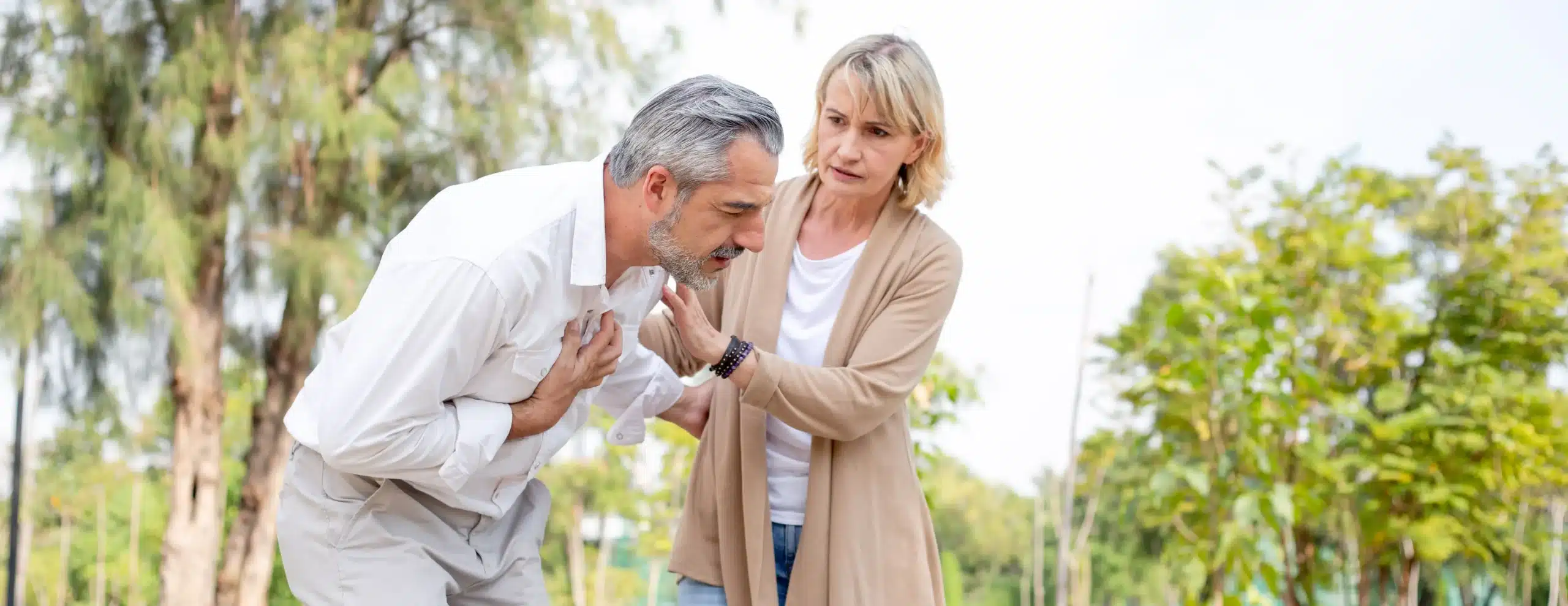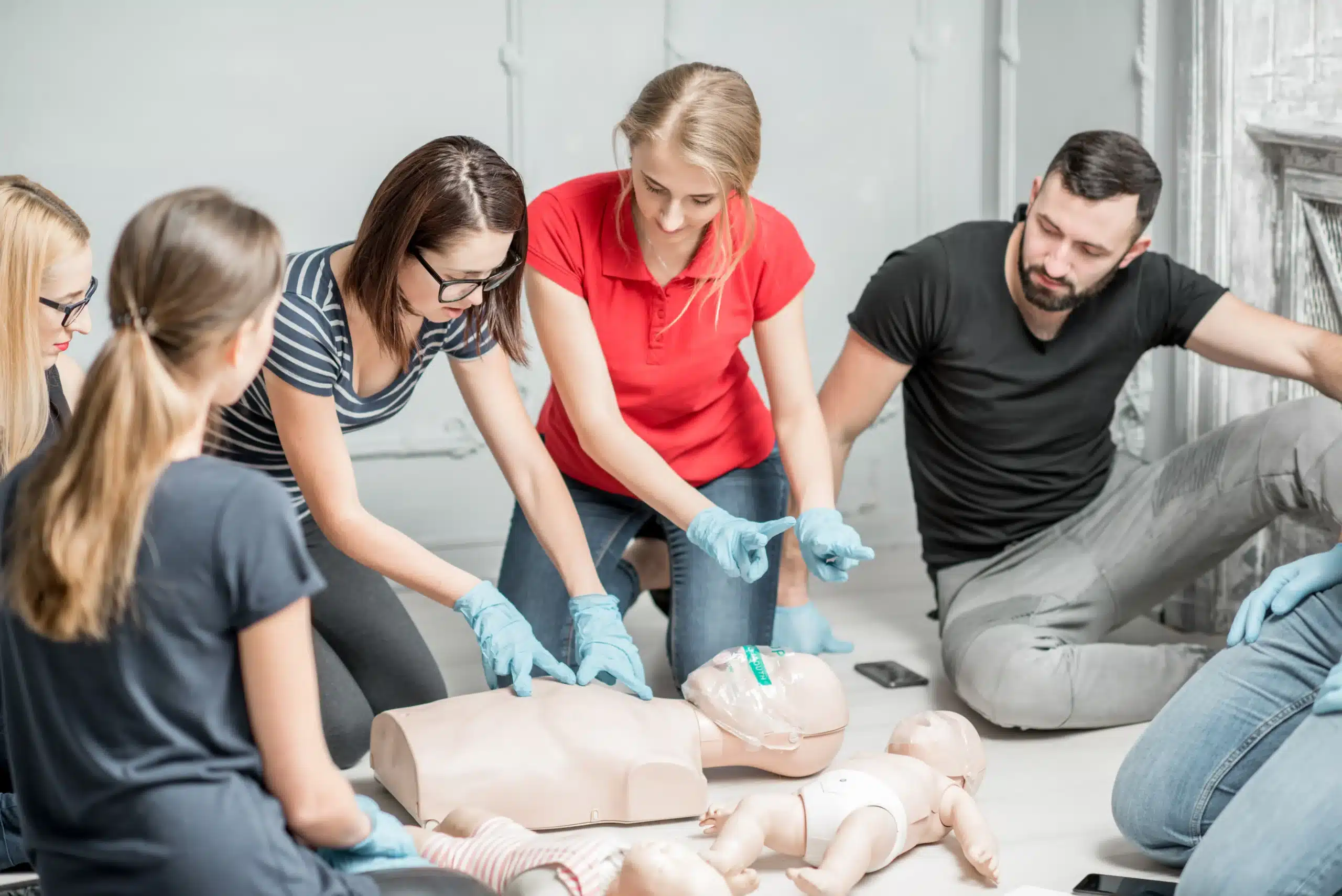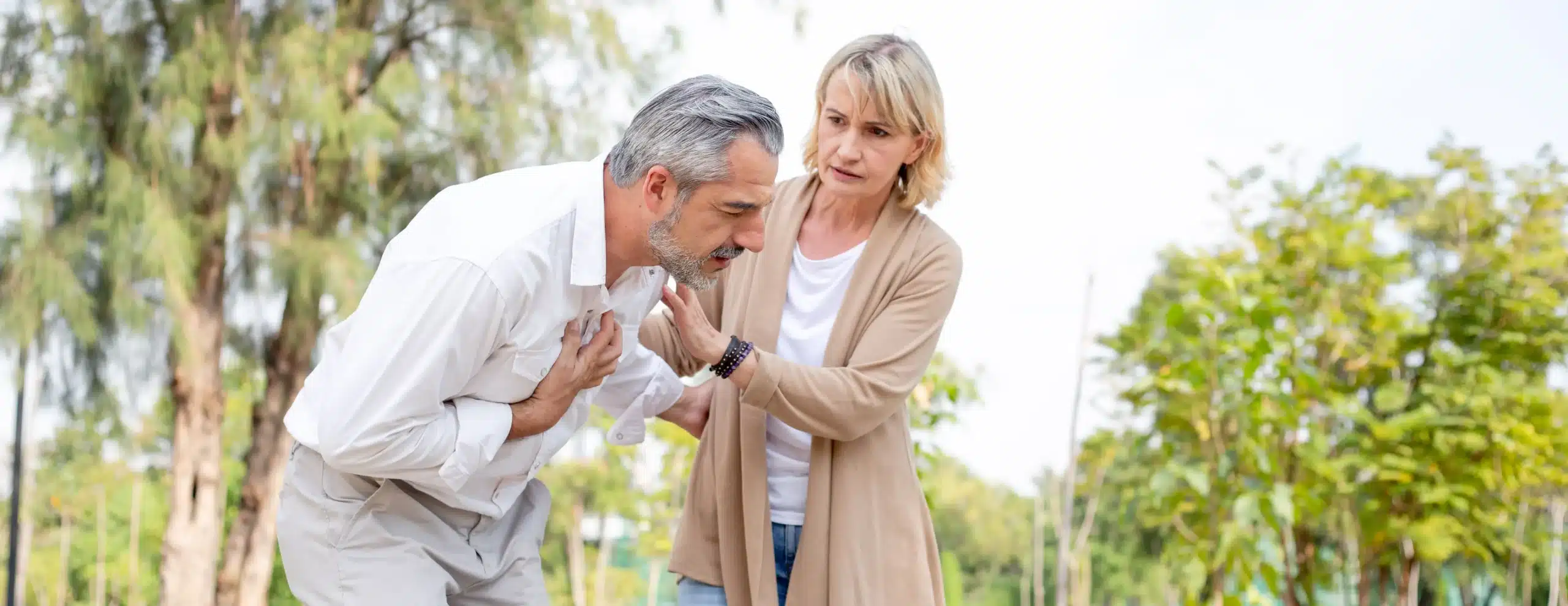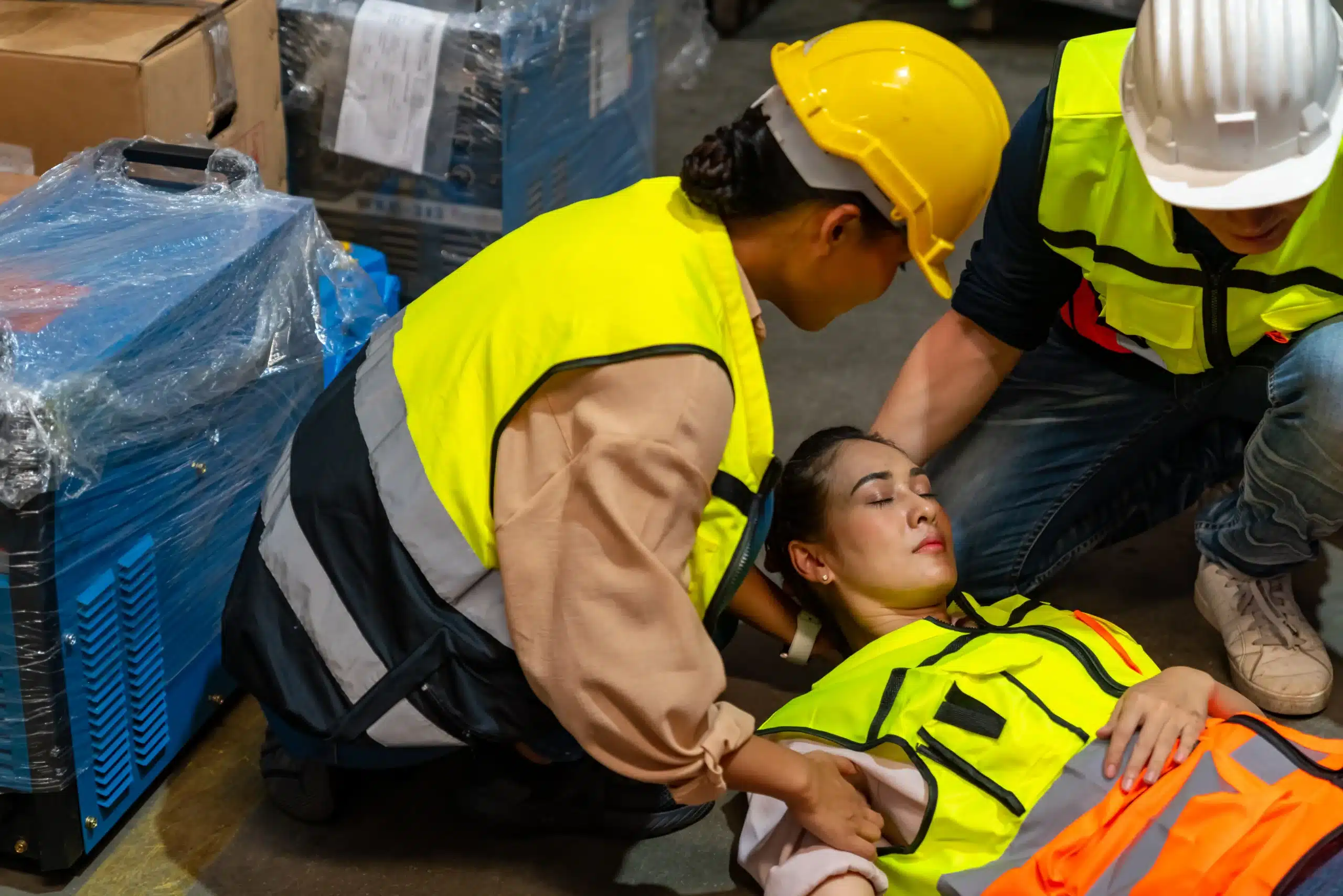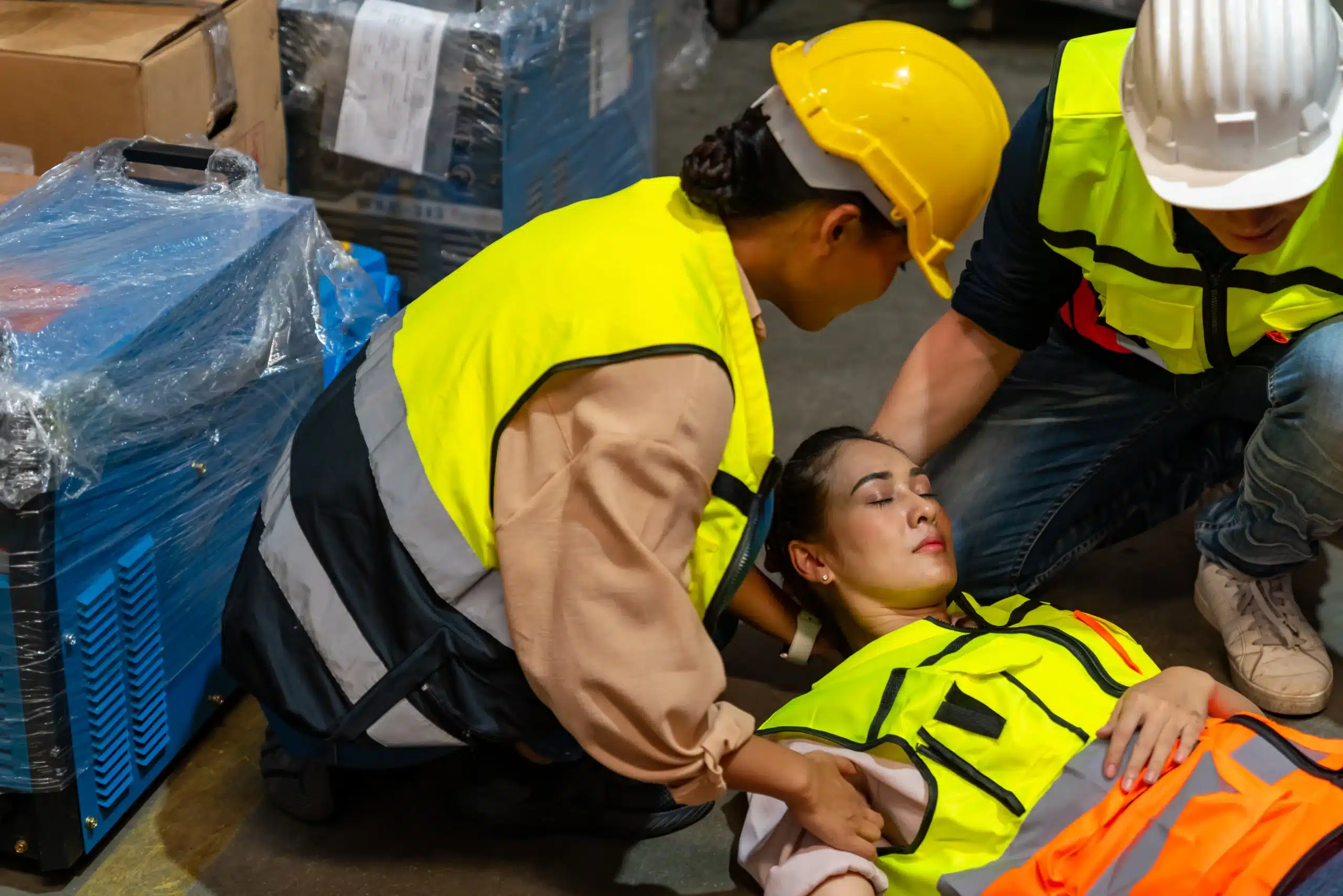Living in a vibrant city like Berkeley means access to fantastic resources, including top-notch training in pediatric CPR and first-aid. Whether you’re a parent, a nanny, a teacher, or simply someone who wants to be prepared, this guide will help you find the perfect course for your needs. We’ll explore the ins and outs of pediatric CPR and first-aid in Berkeley, from the essential skills you’ll learn to the process of finding a qualified instructor. We’ll also cover costs, class formats, and how to maintain your certification so you can feel confident in your ability to respond to emergencies involving children.
Key Takeaways
- Pediatric CPR and first-aid training empowers you to handle emergencies involving children. Seek out courses that combine instruction on CPR techniques for infants and children with first-aid skills for common childhood injuries and medical emergencies.
- Look for certified instructors with real-world experience. An instructor’s background in healthcare or emergency services, combined with specialized pediatric training, can enrich your learning and provide valuable practical insights.
- Maintain your skills through regular refresher courses. CPR and first-aid guidelines can change, so staying up-to-date is crucial for providing effective care in an emergency. Recertification ensures your skills remain sharp and your knowledge current.
What is Pediatric CPR and First-Aid?
Knowing how to respond to emergencies involving children is a critical skill for any parent, caregiver, or professional working with young ones. This section clarifies what pediatric CPR and first-aid entail and why they are so important.
What is Pediatric CPR?
Pediatric CPR is specifically designed for infants and children. It uses techniques adapted to their smaller bodies and unique physiology. A child’s airway is more delicate and their heart rate faster than an adult’s, so CPR for children differs significantly from adult CPR. These modifications ensure the methods are both safe and effective.
How Does it Differ from Adult CPR?
CPR techniques vary depending on the age of the individual. Infants, children, and adults all require different approaches. While hands-only CPR is often recommended for adults, pediatric CPR incorporates rescue breaths. The differences between adult and child CPR are clearly explained by Avive AED, highlighting that child CPR uses a 30:2 compression-to-breath ratio for a single rescuer. Infant CPR also includes rescue breaths but uses two fingers or two thumbs for chest compressions. These distinctions are crucial for providing appropriate care.
Why is First-Aid Important for Children?
Pediatric first-aid equips parents and caregivers with the skills to handle a range of situations, from minor injuries to more serious emergencies. First Aid Safety Training emphasizes the peace of mind that comes with knowing how to respond effectively. Understanding common pediatric emergencies, as outlined by A-Z Pediatrics, allows caregivers to react swiftly and confidently when a child’s health is at stake. This knowledge can make a real difference in preventing further harm and ensuring a child’s well-being.
Where to Find Pediatric CPR and First-Aid Training in Berkeley
Finding a reliable Pediatric CPR and First-Aid class can feel overwhelming, but several excellent resources are available right here in Berkeley. Here are a few places to start your search:
Berkeley CPR Classes
Berkeley CPR Classes offers American Heart Association (AHA) certified courses in CPR, BLS, ACLS, PALS, and First Aid. This means their curriculum adheres to the latest emergency care guidelines. They offer classes daily, making scheduling convenient. Check out their website for more information on their Pediatric CPR and First Aid training. They also offer a low price guarantee and discounts for groups.
American Red Cross
The American Red Cross is a trusted name in emergency preparedness and offers a range of CPR/AED and First Aid courses, including options specifically for pediatric care. They provide flexible learning formats, including in-person, online, and blended learning (a combination of online and in-person instruction). You can explore their CPR and First Aid classes on their website.
Anna Griffin CPR
Anna Griffin CPR provides CPR, AED, and First Aid training throughout the San Francisco Bay Area, including Berkeley. They offer classes in both English and Spanish, catering to a diverse community. Their courses cover adult, child, and infant CPR and First Aid. Visit the Anna Griffin CPR website for more information.
Local Hospitals and Medical Centers
Many local hospitals and medical centers in Berkeley also offer Pediatric CPR and First-Aid training. These courses are often taught by experienced healthcare professionals and provide hands-on practice. For example, Safety Training Seminars offers EMSA-approved courses for childcare providers. Contact hospitals like Alta Bates Summit Medical Center or Sutter Health’s Berkeley campus directly to inquire about their courses. You can also check with local community centers for additional training options.
Essential Skills in Pediatric CPR and First-Aid
This section covers the core skills you’ll gain in a pediatric CPR and first-aid class. These skills empower you to respond effectively to various emergencies involving infants and children.
Learn CPR for Infants and Children
CPR for infants and children differs significantly from adult CPR. You’ll learn how to assess the scene, check for responsiveness, and perform chest compressions and rescue breaths specifically for these age groups. Understanding these differences in CPR techniques is a vital aspect of pediatric CPR training.
Respond to Choking in Different Age Groups
Choking is a common hazard for young children. This training will equip you with the techniques to recognize and respond to choking in both infants and children. You’ll learn how to perform back blows, chest thrusts, and abdominal thrusts (Heimlich maneuver) appropriate for the child’s age and the severity of the obstruction. Being prepared for these common pediatric emergencies can make a critical difference.
Treat Common Childhood Injuries
Children experience various injuries, from minor cuts and scrapes to burns and sprains. Pediatric first-aid training covers how to assess and treat these common injuries. You’ll learn basic wound care, how to manage bleeding, and techniques for immobilizing injuries. This type of first-aid training offers parents and caregivers valuable skills and increased confidence.
Recognize and Respond to Medical Emergencies
Beyond CPR and first-aid basics, you’ll learn to recognize signs of serious medical emergencies in children, such as allergic reactions, seizures, and breathing difficulties. Knowing how to respond quickly and appropriately while waiting for professional medical help is essential. Consider pursuing Pediatric Advanced Life Support (PALS) certification for more advanced training in these areas.
Use AEDs
Automated External Defibrillators (AEDs) can be life-saving in cases of sudden cardiac arrest. Pediatric CPR and first-aid training often includes instruction on the safe and effective use of an AED on a child. Many CPR courses use real-life emergency scenarios to practice using AEDs and other essential skills.
What Happens in a Pediatric CPR and First-Aid Class?
Knowing what to expect can help you feel prepared and confident going into a pediatric CPR and first-aid class. Here’s a glimpse at the training process:
Course Duration and Format
Pediatric CPR and first-aid courses typically run between two and four hours. The length depends on the material covered and whether the class combines CPR and first-aid training. You’ll find options for blended learning (online coursework plus in-person skills sessions) and traditional classroom settings. Berkeley CPR Classes offers a variety of schedules and formats.
Practice with Mannequins
Hands-on practice is key to pediatric CPR training. You’ll work with pediatric manikins designed to simulate infants and children. This practice allows you to become familiar with chest compressions, rescue breaths, and other techniques in a safe environment. The goal is to build the muscle memory and confidence you’ll need during a real emergency.
Learn Through Scenarios
Instructors use realistic scenarios to help you apply what you’ve learned. These scenarios might involve a choking infant, a child with a fall injury, or a medical emergency like a seizure. Working through these scenarios helps you develop problem-solving skills and prepares you for a variety of situations.
Get Certified and Renew
After successfully completing the course, you’ll receive a certification, usually valid for two years. This certification shows you have the knowledge and skills in pediatric CPR and first-aid. Remember that staying current is important, so renew your certification when it expires. This ensures your skills remain sharp and you’re up-to-date on any changes to the guidelines.
Instructor Expertise and Course Quality
Finding the right Pediatric CPR and First-Aid class goes beyond just picking a convenient time and location. The quality of instruction significantly impacts how well you learn and retain these life-saving skills. Here’s what to consider when evaluating instructors and courses:
Look for Recognized Certifications
A qualified instructor should hold certifications from nationally recognized organizations like the American Heart Association or the American Red Cross. These certifications demonstrate that the instructor has met specific training standards and is knowledgeable in the latest CPR and first-aid guidelines. Certification from a reputable organization ensures the course meets industry standards and prepares you to respond effectively in an emergency. Berkeley CPR Classes instructors hold current certifications and participate in ongoing training to stay up-to-date with any changes in protocols. You can find more information about our certifications on our BLS and ACLS pages.
Healthcare or Emergency Services Background
While certifications are essential, an instructor with a background in healthcare or emergency services brings invaluable real-world experience to the classroom. They can offer practical insights, answer your questions based on their experiences, and provide a deeper understanding of emergency situations. For example, an instructor like Anna Griffin, an EMT with extensive experience, can share practical knowledge gleaned from real-world scenarios. This practical experience can make the difference between knowing the steps and truly understanding how to apply them under pressure. Our instructors at Berkeley CPR Classes combine certifications with real-world experience.
Specialized Pediatric Training
When choosing a Pediatric CPR and First-Aid class, confirm the instructor has specialized training in pediatrics. Children’s bodies are different from adults, and they require specific approaches to CPR and first aid. Pediatric Advanced Life Support (PALS) training equips healthcare providers with the advanced skills needed to handle pediatric emergencies. This specialized training is crucial for effectively managing life-threatening situations in infants and children. Look for courses and instructors that emphasize this specialized knowledge, like the courses offered at Berkeley CPR Classes. We also offer specialized training like our RQI classes.
Consider Class Size and Individual Attention
The size of the class can significantly affect your learning experience. Smaller classes allow for more personalized instruction, feedback, and opportunities to practice your skills. While group classes can be a great option for businesses or community groups, ensure the class size allows for adequate individual attention and hands-on practice. A good instructor will ensure each participant receives the guidance they need to feel confident in their abilities. At Berkeley CPR Classes, we prioritize providing personalized attention, even in group settings. Take advantage of our group discounts and experience high-quality instruction without compromising on individual attention. Our low price guarantee makes it accessible for everyone.
Costs and Considerations
Deciding to take a Pediatric CPR and First Aid class is a big step, so let’s talk about what you can expect when it comes to cost and what’s typically included. Knowing these details will help you find the right class for your needs and budget.
Typical Price Range in Berkeley
Pediatric CPR and First Aid classes in Berkeley generally range from $25 to $40 for basic courses. More comprehensive training, such as Basic Life Support (BLS) certification, usually costs between $60 and $80. Remember that prices can change depending on the provider and the specific course content. Berkeley CPR Classes offers a low price guarantee to help make these essential skills accessible to everyone.
What’s Included
Most Pediatric CPR and First Aid courses blend theoretical knowledge with hands-on practice. For example, the Heartsaver Pediatric First Aid course teaches how to handle illnesses and injuries in children before professional help arrives. This often involves a combination of online learning paired with in-person skills sessions for a well-rounded experience. You’ll learn how to respond to various situations, from minor cuts and scrapes to more serious emergencies.
Group Discounts and Special Offers
If you’re training with a group, like a team of coaches or a group of parents, ask about group discounts. Many providers in Berkeley, including Berkeley CPR Classes, offer discounts and special promotions. This can make training more affordable for families, community groups, and organizations.
Online vs. In-Person Training
You have options when it comes to the format of your training. Online CPR certifications are absolutely valid and can be just as effective as traditional in-person classes. However, it’s crucial to choose a reputable provider to ensure high-quality training. Many courses combine the convenience of online learning with essential in-person skills assessments. This blended approach allows you to learn at your own pace and then demonstrate your skills in a real-world setting. RQI classes offer healthcare professionals a flexible and convenient way to maintain their certifications.
Why Learn Pediatric CPR and First-Aid?
Knowing what to do in a medical emergency can make all the difference, especially when children are involved. Pediatric CPR and first-aid training gives you the skills to respond effectively and potentially save a life. Whether you’re a parent, caregiver, or work with children, this training offers invaluable benefits.
Gain Confidence in Emergencies
Emergencies involving children can be incredibly stressful. Pediatric first-aid training equips parents and caregivers with the skills to handle these situations confidently. Instead of feeling helpless, you’ll have the knowledge and composure to assess the situation, provide immediate care, and get appropriate medical help. This confidence can translate into quicker reaction times and better outcomes.
Improve Child Safety
From minor scrapes to more serious incidents, children are prone to various injuries. Pediatric first-aid training gives parents and childcare providers peace of mind, knowing they can respond to emergencies and protect the children in their care. Learning to recognize and address potential hazards creates a safer environment for kids to explore and play.
Meet Requirements for Childcare Providers
For those working in childcare, pediatric first-aid and CPR training is often required. In California, licensed childcare providers must hold certification in both Pediatric First-Aid CPR and EMSA Health and Safety. Completing these courses ensures compliance with state regulations and demonstrates a commitment to providing a safe environment for children. Check with your local licensing board for specific requirements. Our CPR and first-aid classes meet these requirements.
Debunk CPR Misconceptions
Many misconceptions surrounding CPR can prevent people from taking action in an emergency. Debunking these CPR myths is crucial for empowering more people to act confidently and effectively. For example, some believe that PALS certification is only necessary for hospital staff. However, understanding PALS can benefit anyone working with children, providing advanced life support skills in critical situations. Our courses address these misconceptions and provide clear, accurate information.
Find the Right Pediatric CPR and First-Aid Class in Berkeley
So you’ve decided to learn pediatric CPR and first aid—fantastic! This is a powerful step towards protecting the children in your life. Now, let’s find the perfect class for you in Berkeley.
Choosing a Course
Start by choosing a recognized and reputable training provider. Organizations like the American Heart Association (AHA) and the American Red Cross offer standardized, high-quality training. Berkeley CPR Classes provides AHA-certified courses, ensuring the curriculum meets national standards. Confirm that the course covers CPR for both infants and children, along with first aid for common childhood injuries and illnesses.
Register and Schedule
Once you’ve chosen a provider, browse their course schedule. Consider what fits your lifestyle: weekday evenings, weekends, or a blended learning format with online modules and in-person skills practice. Many providers offer flexible options for busy parents, caregivers, and professionals. Berkeley CPR Classes has a user-friendly online registration system, and you can typically find local Red Cross courses on their website.
Prepare for Training
A little prep work can make your training even more effective. Before class, familiarize yourself with basic first aid principles. Online resources, such as articles on common childhood injuries or videos demonstrating CPR techniques, can be helpful. Even a little background knowledge can help you maximize your learning. Websites like Pediatric First Aid Online offer valuable information.
Maintain Your Skills
CPR and first-aid skills require upkeep, so staying current is crucial. Regular refresher courses are key to maintaining your skills and confidence. Most certifications are valid for two years, so add a reminder to your calendar for recertification. Remember, even if your certification has expired, any attempt at CPR is better than inaction during an emergency.
Additional Resources and Support
Want to go the extra mile? Look for supplemental resources to enhance your training. Practice scenarios, online quizzes, and videos can reinforce your skills and prepare you for real-life emergencies. You can also find information on specific pediatric emergencies, like choking or allergic reactions. Articles like this one on realistic CPR scenarios can be incredibly valuable. And don’t hesitate to reach out to your instructor for additional guidance—they are there to support your learning journey.
Related Articles
- CPR Courses in Berkeley: The Complete Guide – Berkeley CPR Classes
- Online CPR Classes in Oakland: Your Guide – Berkeley CPR Classes
- Why CPR is Vital in Healthcare
- CPR & First Aid Training in Berkeley: Your Guide – Berkeley CPR Classes
- Berkeley CPR Classes: Your Complete Guide – Berkeley CPR Classes
Frequently Asked Questions
Is pediatric CPR the same as adult CPR? No, pediatric CPR differs significantly from adult CPR due to the differences in a child’s physiology. It involves modifications to chest compression techniques and rescue breaths to ensure the safety and effectiveness of the procedure for infants and children. Specific training in pediatric CPR is essential for providing appropriate care.
What if I’m nervous about performing CPR in a real emergency? It’s completely normal to feel apprehensive about using CPR in a real-life situation. That’s why hands-on practice during training is so important. Working with pediatric manikins and going through realistic scenarios helps build muscle memory and confidence. Remember, any attempt at CPR is better than no attempt, and your training will equip you with the skills to make a difference.
How often do I need to renew my pediatric CPR and first-aid certification? Certifications are typically valid for two years. Renewing your certification ensures your skills are up-to-date with the latest guidelines and best practices. Regular refresher courses help maintain your confidence and preparedness for emergencies.
What if I have a large group that needs training? Many training providers offer group discounts, making it more cost-effective to train teams, families, or community groups. Inquire about group rates and scheduling options when choosing a provider. Even with a group discount, ensure the class size allows for adequate individual attention and practice time.
What if I can’t afford a pediatric CPR and first-aid class? Look for training providers that offer a low-price guarantee or payment plans. Some community organizations may also offer free or reduced-cost training opportunities. Prioritize finding a reputable provider that meets recognized certification standards, even when working with a limited budget. The ability to respond effectively in an emergency is an invaluable skill.


